Please support Game Informer. Print magazine subscriptions are less than $2 per issue
Your Guide To Becoming A Professional Gamer
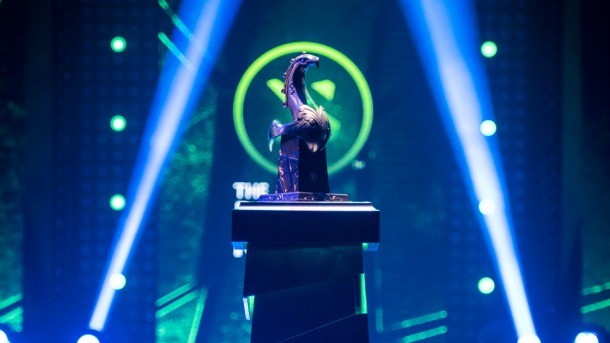
This feature originally appeared in issue 287 of Game Informer magazine.
eSports may not captivate the world the way traditional sports do, but they’re getting there. According to games and interactive media research firm SuperData, the eSports industry generated $892.4 million of revenue in 2016. Last year’s competitive season was littered with multi-million dollar prize pools for Halo 5: Guardians, League of Legends, and Dota 2 tournaments, with the latter’s The International tournament pool reaching an astonishing $20.7 million.
High-profile players of these games can earn thousands (possibly millions) from a single tournament, join a sponsored team that can make the profession a lucrative six-figure job (on the high end), and land endorsement deals that can ensure they’re financially set for years to come. Getting to that point, however, can take a lifetime of dedication, the right social and financial management skills, and just a bit of luck. And even then, the average person probably won’t make it. Though many players of competitive games dream of going pro, few people will ever make it to the point where their skills will even pay for their itinerary.
But if you’re dedicated, we’re here to help. In order to make the path easier (and manage your expectations), we spoke to players, coaches, managers, teams, sponsors, and lawyers to give you a good idea of what it takes to earn a living as a professional eSports athlete.

Step 1: Find Your Competition
Finding the right game to dedicate yourself to for as long as it takes to become a pro can be as much about your surroundings as it is the game itself.
Professional Street Fighter player Darryl “Snake Eyez” Lewis’ drive to get better came from a typical place: trying to beat his brother. “We played Street Fighter II: Hyper Fighting and I had no idea how to do any special attacks or combos,” Lewis says. “I would press whatever button I could and I had no fundamentals or strategies.”
It wasn’t until years later that Lewis began on the path to becoming a professional Street Fighter player. He met a friend of his older brother, Dave, who would trounce him in any game the two played. Lewis wasn’t having it. “I actually sat down to learn how to play Street Fighter to beat him.” Dave would regularly pick the character Zangief against him, so Lewis followed suit. “After playing with him for a while, I learned how to play the game, how to be patient, how to learn your opponent’s habits, etc. That’s when it all started.” After long sessions of practicing Super Street Fighter II Turbo HD Remix against online opponents, Lewis finally defeated Dave.
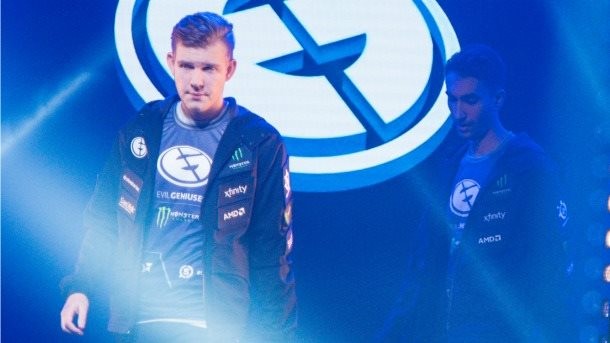
For Ryan Towey, who currently coaches Evil Geniuses’ Halo team, the drive to compete came in part from the people around him. A friend of his convinced him to get an Xbox about a month after the release of Halo 2 in November 2004. Although he played the game recreationally for about six months, it didn’t take long before he learned about its competitive scene and began taking the game more seriously with his friends.
Halo 2’s online infrastructure offered him the avenue to improve, and featured “Team Hardcore,” a stripped-down match type for more serious players. Towey’s crew “would try to match against top players and post on the forums and watch tournaments to see who the best players were.”
Towey also met players who inspired him through Halo 2. The game’s clan system allowed groups of like-minded players to band together, and by chance, the clan Towey’s friend invited him to join featured professional players such as Cameron “Victory X” Thorlakson and Kyle “Elamite” Elam. From there, he began honing his skills with higher-ranked players and preparing for tournaments.

Step 2: Enter The Ring
Once you’ve found the right environment in which to improve, it’s time to start grinding out your first tournaments. This is where you find out for sure whether you have what it takes to compete.
Tournaments can be eye-opening, introducing you to the community and showing you what you’re really up against. It wasn’t until Lewis attended his first Evolution Championship Series (Evo for short) tournament in 2009 that he got serious about playing competitively. “I wasn’t aware of the larger fighting game community until I went to my first Evo,” Lewis says. From there, he practiced at tournaments and got more involved with the fighting game community, all while working as a barista to support himself. It all paid off – the following year, he won the Evo tournament for HD Remix as Zangief.
Meanwhile, Towey was inundated with work pulling him in various directions. By 2009, he had started a company, iP Tourneys, which sold lessons from professional players to newer ones, then joined Gaming Lessons, a much larger company doing the same thing. He was also still in school, involved in a work study program at his local university, and regularly practicing and competing in tournaments, which was his true passion. “At the time, it was just, ‘do whatever it takes to afford to get to the next tournament.’”

These various tasks took their toll on him. “I wasn’t the best employee, if I’m being honest with you,” Towey says. “I spent most of my time watching Halo, in addition to playing Halo.” The stress was worth it, however; after graduating from college and a few tempting positions playing on professional teams, Towey was on the Halo scene full-time as a coach.
If you want to make a name for yourself and bring home acolades, you need to work at it and stay disciplined. On top of pouring hours into playing online, Lewis also attends local tournaments regularly to practice against other players, watches videos of newly -discovered techniques for Zangief, experiments with any he might find useful, then implements them into his play. Lewis also exercises his entire body regularly to stay in shape and prevent wrist or hand injuries.
As with any competitive sport, there are on and off-seasons. In recent years, Capcom has increased its support of competitive Street Fighter with the Capcom Pro Tour, which last year offered a $230,000 first-place prize. During the Pro Tour, Lewis doesn’t have many off-days; there’s usually a qualifying tournament every weekend. Lewis attends as many North American tournaments as he can, and even fits in a few international ones.

Step 3: Find The Right Team
In just about every competitive gaming scene, the highest-level players tend to play for pro gaming outfits like Evil Geniuses, Team Liquid, Cloud9, and in Lewis’ case, Red Bull. Some teams only dabble in particular games, while the largest teams field players in just about every game imaginable; Evil Geniuses has players in Street Fighter, Super Smash Bros. Halo, Dota 2, and Call of Duty.
Once players like Lewis have made a name for themselves in a game, both sponsors and teams (the line is often blurry) will eventually begin reaching out, but signing a contract is not always a quick process; Lewis rejected several offers before settling on Red Bull. “I wanted a sponsor that would fit who I am and what my goals and aspir-
ations were,” he says. Representatives from Red Bull and Lewis hung out on a few occasions, discussing Lewis’ ambitions as a player. Eventually, the two agreed they were a good fit for each other, and Lewis signed.
When signing with a team, it’s important to remember your value as a player and know when you’re getting a raw deal. Some teams take a portion of their team’s tournament winnings, but these portions are rather small and can depend on the game. “In Call of Duty we don’t take any percent of the earnings because of the way that vertical is structured,” says Hector “h3cz” Rodriguez, who manages the shooter-oriented team OpTic Gaming. When it comes to other games OpTic has teams for, such as Halo or Gears of War, however, “there’s some revenue share on winnings.”
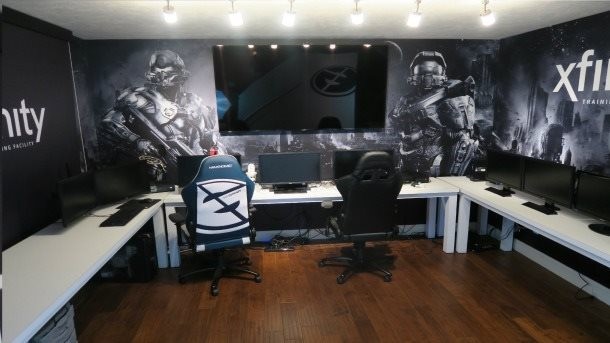
In previous years, teams took a larger cut from players’ winnings, and often exploited the likeness rights that came with being part of a team. “When I started in 2011, the first contract that I worked on was not very good,” says David Philip Graham, an attorney who negotiates contracts for players, teams, and corporate sponsors. “Though the contract was in line with what many players were receiving at the time, there wasn’t that much money involved, there was no salary, a lot of rights were given up on the player’s side.” During that time, players would often sign away their likeness and image rights for teams to use even after that player left the team. “At the time, it seemed like players couldn’t get a better deal than that. Now, that’s mostly gone away.”
These days, most teams across every genre are letting players keep all or most of their winnings, in part because teams have started to diversify their income sources. Additionally, letting players keep more of the money they win from tournaments is a competitive advantage when trying to recruit and retain key players; if a player is doing well on a team and learns they can keep a larger portion of their winnings by jumping ship, they may choose to leave.
Even for smaller teams, taking a larger cut of a player’s winnings is not a good long-term strategy, according to EG’s former director of talent Kelby May, who now handles eSports sponsorships at Twitch. “If you’re a small organization, your key to success and growth moving forward is not through short-term monetary gain.” Instead, May says, smaller teams do well by holding onto their best players as long as they can, building a reputation over the long term. “So you have to be competitive and not take away winnings to do that.”
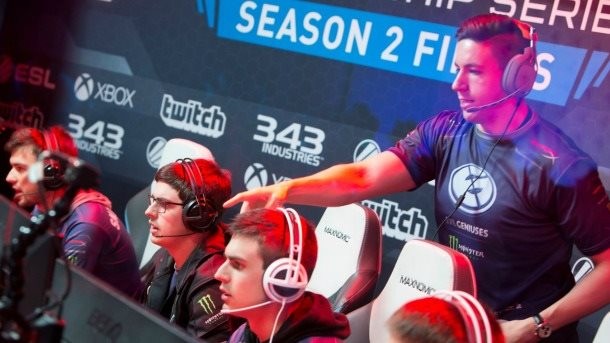
It also helps to have a good idea of how your scene is doing when selecting a team to play for. Lewis, for example, is one of the few people in the fighting game scene who can afford to play Street Fighter for a living. Graham estimates there may only be somewhere between 10 and 15 players who make fighting games their fulltime job. “The highest that I know of is somebody who gets a salary of $3,000 a month,” Graham says. “Travel expenses are paid for, but that’s not terribly much. It’s hard to survive, especially in the area where that person lives, on that kind of salary.”
In other scenes, such as those for Dota 2 and League of Legends, players can make more comfortable livings from playing at high-level tournaments. “Some of them are making six figures,” Graham says. “Not many, but there are some.”
This also means that if a scene suddenly becomes more popular, players may have grounds for a pay raise, should a player and their team decide to stay on with each other after a contract expires. “I would say the biggest [salary bump] was in League of Legends, for a team I represented,” Graham says. “[They] started out with minimum salary which I think was $26,500 per year which was not great, and then the year after that the player was getting like $70,000.”

Step 4: Earn Your Keep
Because eSports is ultimately a competition, many people assume players must perform at a certain level in order to maintain their position. The truth is that while players have to achieve some level of skill to play on a team, the specifics about performance are less clear-cut than you might think. It also means that anyone looking to be a professional player in the long term needs to be hone their skills in other areas.
“You can’t expect to win absolutely everything,” Lewis says. “Especially with all the talented players and diversity of games like Street Fighter.” While skill is one of the most important factors in signing a player to a team, it’s not the only one, according to Rodriguez. Though OpTic’s players first present Rodriguez with potential new teammates, Rodriguez has other factors to consider. “I look at the extra stuff – how they behave on social media, what sort of history they have in the community, whether they’ve cleaned up their act or not.” If a player doesn’t look like a valuable asset beyond their ability to play well, he can reject them.
“Really, a player’s value to the organization is in the two areas: performance and popularity,” says May. If a player has a tendency to attract more fans, viewers, or merchandise sales, they can be as valuable as a player who consistently performs well. Before working with EG, May was the general manager for Counter Logic Gaming, where he saw Yiliang “Doublelift” Peng underperform on the team’s League of Legends squad. Although he was struggling as a player, at the time Peng was one of the most valuable assets on the team due to his high popularity and the caliber of sponsors he attracted. Though Peng is no longer playing on CLG’s tournament team, he now plays for Team SoloMid as a streamer on Twitch.

Not all kinds of popularity are equal, however. If a player is popular because of their tendency to start fights online or for acting in unprofessional ways, they offer little to teams. “Regardless of how popular a player is, if they have a negative [reputation] and sponsors don’t want their brand to be associated with them, they aren’t valuable to you [as a team] because you’re not going to get any budget to support them,” May says.
And increasingly, it pays to keep it clean on social media. Towey currently handles contract negotiation and fulfillment for EG’s players and confirms that while many contracts don’t have strict stipulations about what team members can post on social media, there are unspoken rules. “If there’s something out of line, the manager will post a link to it in [our] group chat and ask why we did something so stupid,” Towey says.
Rodriguez recommends using common sense. “Obviously don’t swear, especially not on paper, or tweets, because that can be taken out of context. If you’re speaking into a microphone, they can see your demeanor, they can see whether you’re joking.”
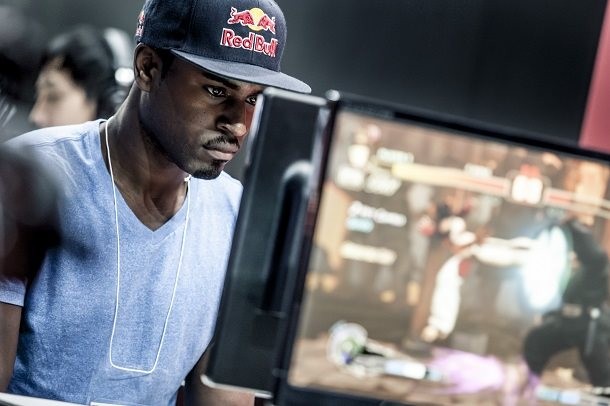
Step 5: Learn To Work With Sponsors
Instead of making money through their players’ tournament winnings, most teams rely on their reputation to bring in sponsors. EG, for example, earns about 80 percent of their income through sponsorships, according to May.
So what do sponsors get out of these deals? “The value that [EG] brings to the sponsor is that they have a community of people who are passionate about them,” says Comcast executive director of sports marketing Matt Lederer. In September of last year, Comcast internet and telephone brand Xfinity equipped two of EG’s gaming houses in Alameda, California and Bloomington, Illinois (where EG’s Halo team practices) with fiber internet.
Lederer helps make sponsorship deals with all kinds of talent and events, including Taylor Swift and The Oscars. Lederer sees teams like EG as a conduit to the passionate group of fans who follow the teams wherever they go. When a team connects with a sponsor, “they become an authentic and credible voice for that community.”
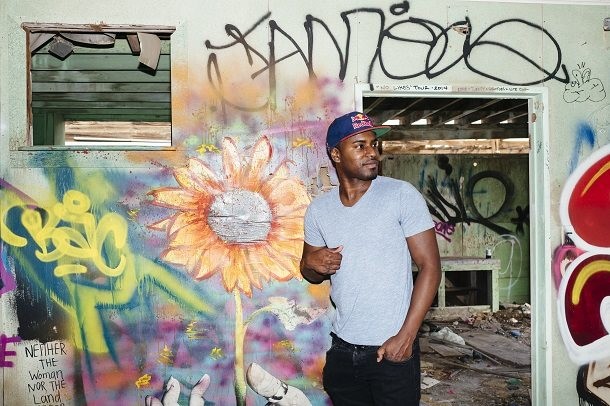
While having the right sponsor can be a boon for players and teams, players usually have a say in the kinds of sponsorship deals their team accepts. When it comes to the headsets, mice, and keyboards many sponsors sell, Rodriguez always makes sure he consults his players before signing off on a deal. “It’s very easy to take money from any company, but you don’t want to risk your competitive integrity just for the business’ sake.”
In the case of Lewis, though the core of his job is playing a game he loves for hours on end, it also includes many practical hurdles, like traveling for work, figuring out hotel arrangements, and making sure he’s on time for interviews with other companies and press. Though he doesn’t have a concrete schedule, all told he spends “about four days a week, six to twelve hours a day playing Street Fighter.” On his few free weekends, he may spend time filming promotional material for Red Bull or other companies instead.
Lewis’ manager, Denise Tan, helps him work through these issues, and it’s one of the biggest benefits of being part of a team. While Tan takes care of the details of when and where he should appear, “Darryl is in full control of what he wants and doesn’t want to do,” Tan says. “Fortunately, he’s very willing to take any opportunity that comes his way.” Currently, one of Lewis’ biggest opportunities came when Red Bull developed a web documentary series about him, called Cultivation: House of Snake Eyez.

Looking To The Future
According to Graham, more sponsors enter the scene than leave it every year. However, he notes that the current influx could be due to a current gold rush of sponsors seeing potential in the scene. “I don’t know how well that’s paying off right now, but what I think that all of them are thinking is, ‘we have to get in on it right now because if not, we’re going to be too late.’”
But if current trends are anything to go by, sponsoring teams and players should be a good investment for companies going forward. According to SuperData’s latest research, 214 million people watched eSports events last year, and the number is likely to grow in the coming years.
As that number climbs, more money will continue to flow to teams, who can then venture into more games, growing scenes and allowing for better competition. And for Lewis, that money means he can continue making a living doing what he loves: turning his competitive drive to defeat his brother (and Dave) into a meaningful career for years to come.
For more on the world of eSports, including interviews with commentators, tournament organizers, and more, check out our March 2017 hub.










